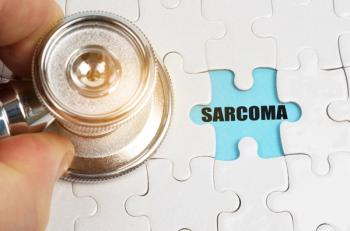
Stethoscopes can be substantially contaminated after physical exam
Stethoscopes can become contaminated with microorganisms following a physical examination and have similar levels of contamination as a physician’s dominant hand, according to a study conducted at a Swiss university teaching hospital in 2009 and published in the March issue of the Mayo Clinic Proceedings.
Stethoscopes can become contaminated with microorganisms following a physical examination and have similar levels of contamination as a physician’s dominant hand, according to a study conducted at a Swiss university teaching hospital in 2009 and published in the March issue of the
The study
For the study, Yves Longtin, MD, and colleagues from the Infection Control Program and WHO Collaborating Centre on Patient Safety, University of Geneva Hospitals, conducted a structured prospective study of 83 hospitalized patients who underwent a physical examination. Each physician’s gloved or ungloved dominant hand and two sections of the stethoscope used were pressed onto selective and nonselective media to assess for total aerobic colony counts and total methicillin-resistant Staphylococcus aureus (MRSA) colony-forming unit counts.
The researchers found that the stethoscope diaphragms were as contaminated as the physicians’ hands (thenar eminence specifically), if not more. They also determined that there was a direct relation between hand and stethoscope contamination; higher levels of hand contamination were accompanied by increased levels of stethoscope contamination.
The study also revealed that the stethoscope tube had greater contamination than the physician’s hand dorsum. This is probably the result of manipulation of the tube with contaminated hands, the researchers said.
Serious patient safety issue
“It is generally recognized that most physicians and nurses do not disinfect their stethoscopes frequently (i.e., less than once a month, if at all). Most surveys support this perception and reveal that 70% to 90% of the physicians do not systematically disinfect their stethoscopes after every patient contact,” said Dr. Longtin, now at the McGill University Faculty of Medicine and Jewish General Hospital, Montreal, Quebec.
“Failing to disinfect stethoscopes could constitute a serious patient safety issue akin to omitting hand hygiene. Hence, from infection control and patient safety perspectives, the stethoscope should be regarded as an extension of the physician’s hands and be disinfected after every patient contact,” he said.
Newsletter
Get the latest industry news, event updates, and more from Managed healthcare Executive.
















































